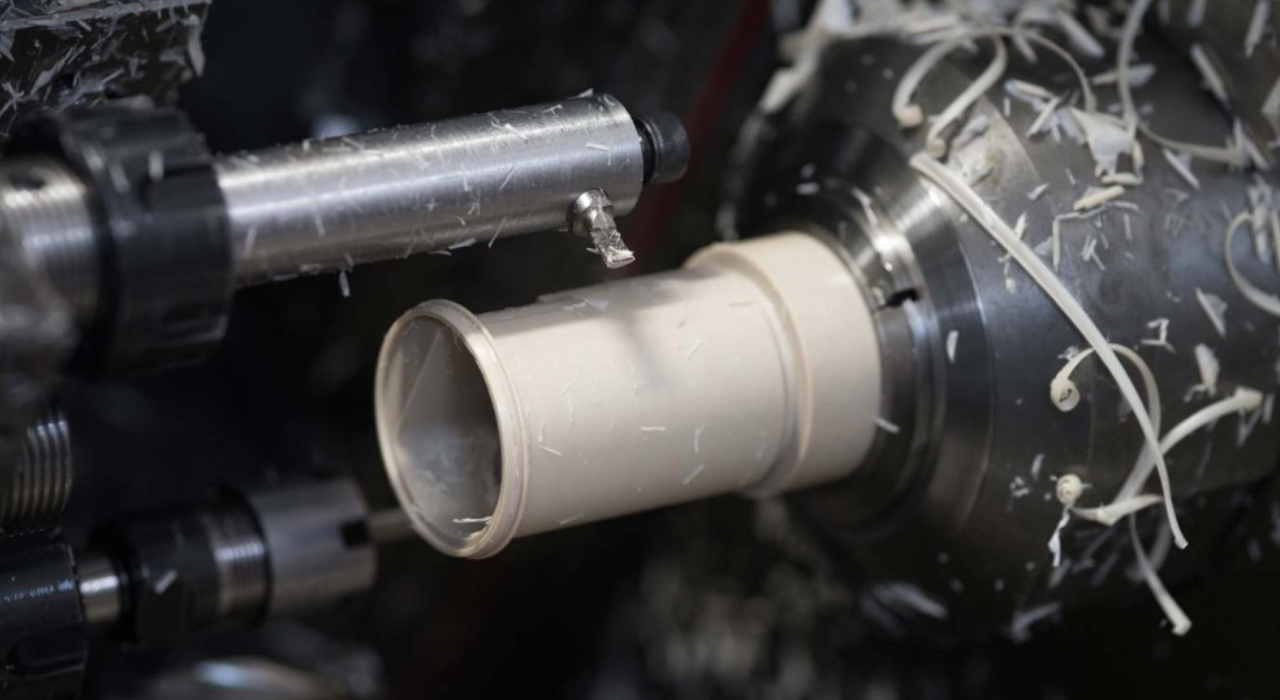Within the domain of item improvement and fabricating, prototyping plays a vital part in approving plans and guaranteeing item usefulness sometime recently full-scale generation. Among different prototyping strategies, Computer Numerical Control (CNC) machining has risen as a foundation innovation, advertising critical preferences in terms of cost-effectiveness. This article investigates how CNC machining accomplishes cost-efficiency in prototyping by analyzing its capabilities, benefits, and suggestions for present-day fabricating forms visit page for further necessary information.
Driving Cost-Effectiveness: The Part of CNC Machining in Prototyping
Investigate how CNC machining optimizes prototyping costs through computerization, fabric adaptability, and squander lessening. Find how its integration with computerized apparatuses quickens plan emphasis, decreases mistakes, and upgrades general effectiveness in item advancement.
Understanding CNC Machining in Prototyping
CNC machining could be a flexible manufacturing process where computer-controlled machines expel fabric from a workpiece to realize wanted shapes and measurements. Not at all like conventional strategies which will require specialized tooling or a broad setup, CNC machining permits quick alterations and emphasizes without significant retooling costs. This adaptability is especially invaluable in prototyping, where plan changes and refinements are visited and regularly fundamental to realize the required utilitarian and stylish qualities of an item.
Components Contributing to Cost-Effectiveness
One of the essential variables contributing to the cost-effectiveness of CNC machining in prototyping is its computerization and repeatability. Once a CAD (Computer-Aided Plan) demonstration is made, the machining handle can be generally computerized, decreasing labor costs and minimizing human mistakes. This computerization not as it were speeds up the prototyping stage but moreover guarantees consistency and exactness over numerous emphasizes, in thus manner lessening the probability of exorbitant blunders that will emerge from manual machining forms.
Additionally, CNC machining offers versatility in prototyping. Whereas beginning setup costs may exist, the capacity to create indistinguishable or comparable models with negligible extra setup costs per unit makes CNC machining financially practical, particularly when creating numerous emphases or varieties of a plan. This adaptability is significant for item advancement stages where testing distinctive forms of a model is essential to optimize execution and functionality.
Fabric Adaptability and Squander Diminishment
Another noteworthy advantage of CNC machining in prototyping is its compatibility with a wide extend of materials, including metals, plastics, and composites. This adaptability permits originators and engineers to choose materials based on particular extended necessities such as quality, solidness, or tasteful request. By choosing the suitable fabric for each model iteration, developers can productively assess diverse plan concepts and fabric properties without bringing about over-the-top fabric squandering or costs related to trial and blunder.
Moreover, CNC machining minimizes fabric squandering through exact fabric expulsion forms. Not at all like conventional subtractive fabricating strategies that will deliver noteworthy scrap fabric, CNC machines can optimize instrument ways to maximize fabric utilization, subsequently lessening squandering and bringing down fabric costs per model. This capability not as it were improves natural supportability but also contributes to general cost-effectiveness by moderating assets and decreasing the requirement for fabric recharging.
Integration with Computerized Prototyping and Reenactment
Within the period of digitalization, CNC machining seamlessly coordinates with advanced prototyping and recreation devices and assists in upgrading cost-effectiveness in item improvement. By utilizing virtual reenactments and advanced models, originators can expect potential fabricating challenges, optimize plans for manufacturability, and minimize expensive plan modifications amid the physical prototyping stage. This integration diminishes advancement time and costs by distinguishing and addressing design blemishes early within the handle, eventually streamlining the move from model to generation.
Conclusion
In conclusion, CNC machining stands at the bleeding edge of cost-effective prototyping by leveraging mechanization, fabric adaptability, squander diminishment procedures, and integration with advanced innovations. Its capacity to deliver precise, repeatable models with negligible setup costs and fabric squander makes it an important device for trailblazers, designers, and manufacturers looking for to bring modern items to showcase proficiently and financially. As innovation continues to advance, CNC machining is balanced to play an increasingly urgent part in quickening item improvement cycles and driving development over businesses, reaffirming its status as a foundation innovation in present-day fabricating.

